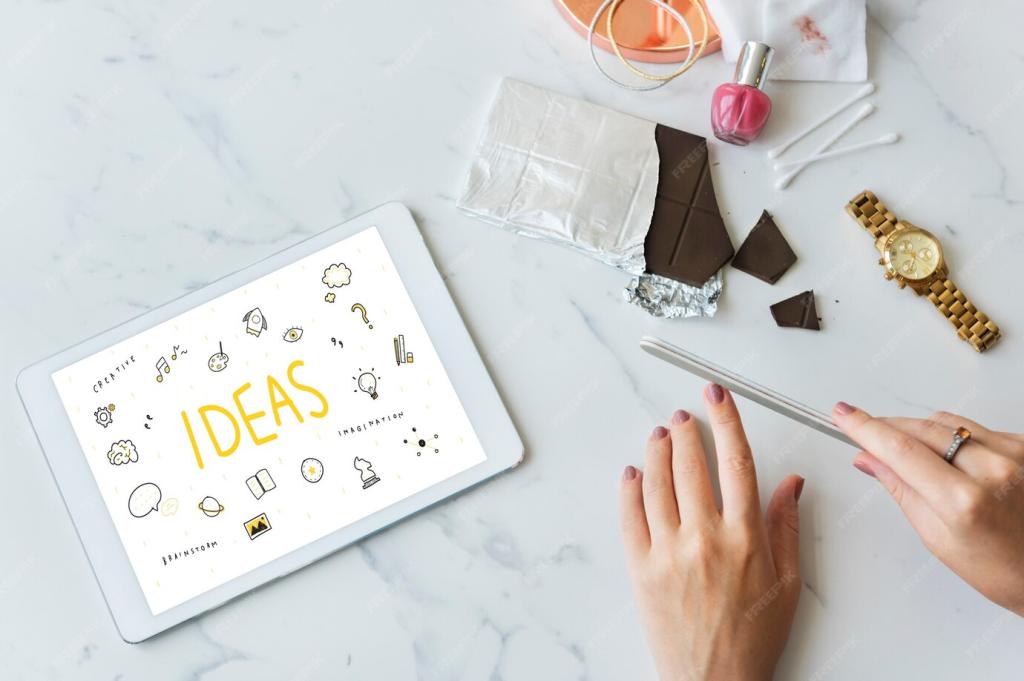Make the Client the Protagonist
Sketch a morning-in-the-life: coffee steaming, hallway sunlight, a bag tossed on a bench sized just right. Write copy that solves real frictions. Comment with one daily pinch-point your projects quietly resolve, and we’ll suggest a narrative angle.
Make the Client the Protagonist
Call to adventure: weeknight chaos. Trials: cramped prep zones, dim corners. Allies: task lighting, island overhang, drawers that find everything. Return home transformed: a table where stories gather. Want templates for this arc? Subscribe for our narrative worksheet.






